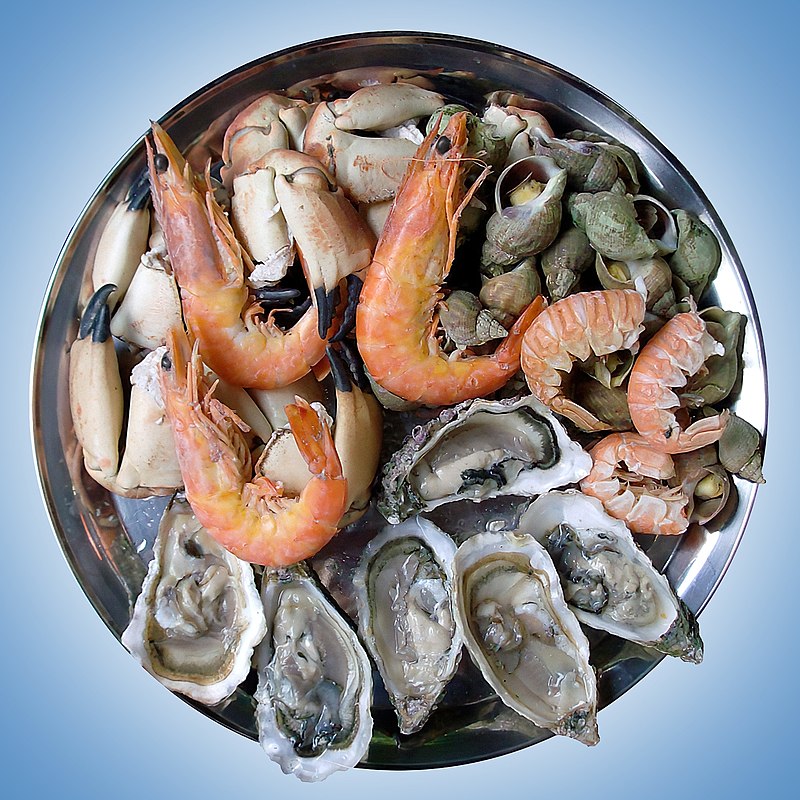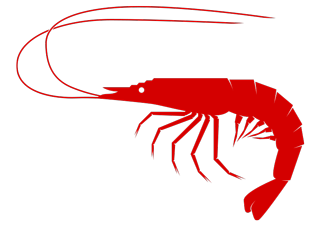Facts / about
Seafood

Seafood is any form of sea life regarded as food by humans. Seafood prominently includes fish and shellfish. Shellfish include various species of molluscs, crustaceans, and echinoderms. Historically, sea mammals such as whales and dolphins have been consumed as food, though that happens to a lesser extent in modern times. Edible sea plants, such as some seaweeds and microalgae, are widely eaten as seafood around the world, especially in Asia (see the category of sea vegetables). In North America, although not generally in the United Kingdom, the term "seafood" is extended to fresh water organisms eaten by humans, so all edible aquatic lifemay be referred to as seafood. For the sake of completeness, this article includes all edible aquatic life.
The harvesting of wild seafood is usually known as fishing or hunting, and the cultivation and farming of seafood is known as aquaculture, or fish farming in the case of fish. Seafood is often distinguished from meat, although it is still animal and is excluded in a strict vegetarian diet. Seafood is an important source of protein in many dietsaround the world, especially in coastal areas.
Most of the seafood harvest is consumed by humans, but a significant proportion is used as fish food to farm other fish or rear farm animal. Some seafoods (kelp) are used as food for other plants (fertilizer). In these ways, seafoods are indirectly used to produce further food for human consumption. Products, such as fish oil andspirulina tablets are also extracted from seafoods. Some seafood is feed to aquarium fish, or used to feed domestic pets, such as cats, and a small proportion is used in medicine, or is used industrially for non-food purposes (leather).
